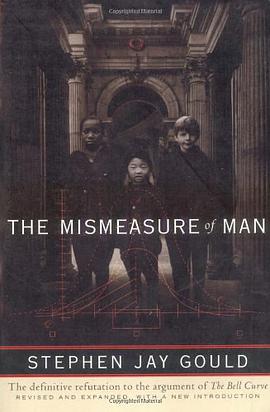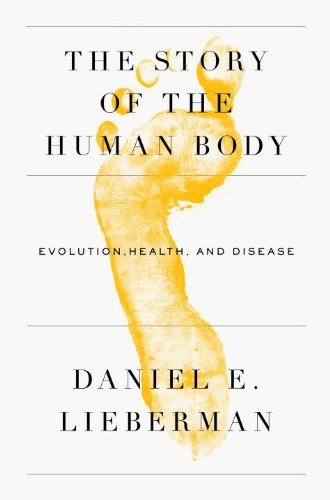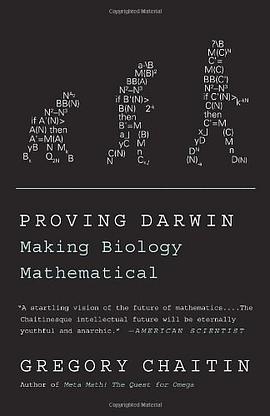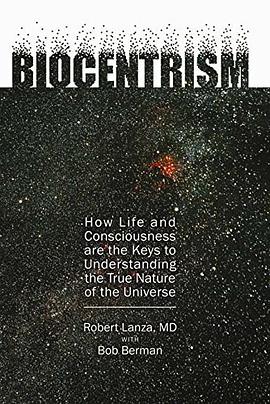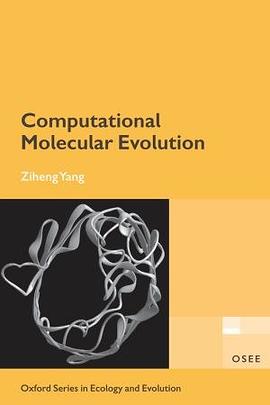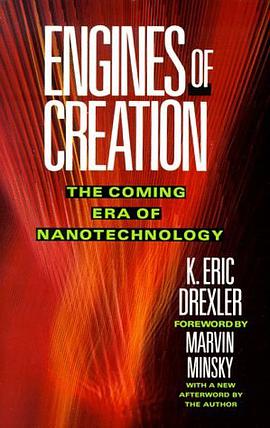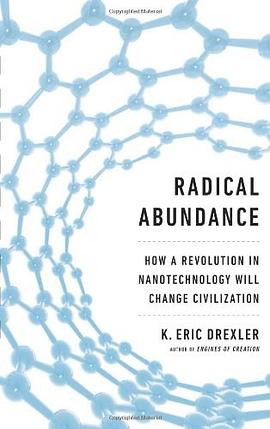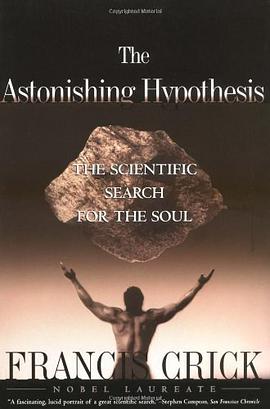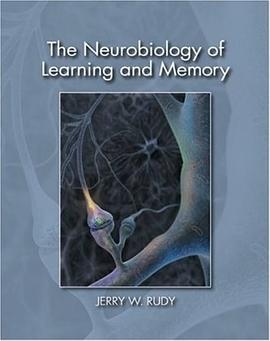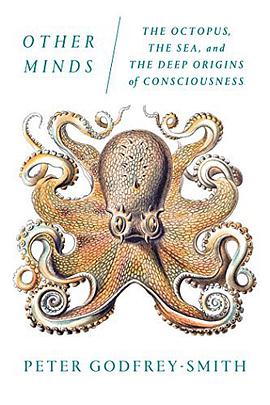The Richness of Life 豆瓣
作者:
Stephen Jay Gould
Vintage
2007
- 5
There aren't many scientists famous enough in their lifetime to be canonized by the US Congress as one of America's 'living legends'. It is still more unlikely that the title should have been conferred on a man regarded by many in the US as a notorious radical and sometime Marxist - controversial throughout his life as a theorist and polemicist even amongst colleagues in his own chosen fields of palaeontology and evolutionary theory. Yet few would have grudged this accolade to Stephen Jay Gould, whose writings on history - both of the natural world and of the study of that natural world - had made him a household name by the time of his death in 2002. And not just in the Anglophone world, for his books and articles have been widely translated and read in their hundreds of thousands in every society in which debate about evolution and the human condition are the stuff of intellectual life. Gould's written legacy is prodigious - the unbroken series of 300 essays published in "Natural History" magazine, a clutch of books culminating in the monumental 1400 page "Structure of Evolutionary Theory", appearing just months before his death, and of course his academic papers. A committed Darwinian and robust critic of creationist myths, he nevertheless made major revisions to orthodox Darwinian theory, from his concept of punctuated equilibrium to his insistence on the importance of chance in the history of life on earth. And in addition, his trenchant attacks on scientific racism and the pretensions of sociobiology still resonate, nearly three decades after they were first written. In the "Stephen Jay Gould Reader", Steven Rose and Paul McGarr have selected from across the full range of Gould's writing, including some of the most famous of his essays and extracts from his major books. An introduction by Steven Rose sets both the essays, and Gould's life, in context.

